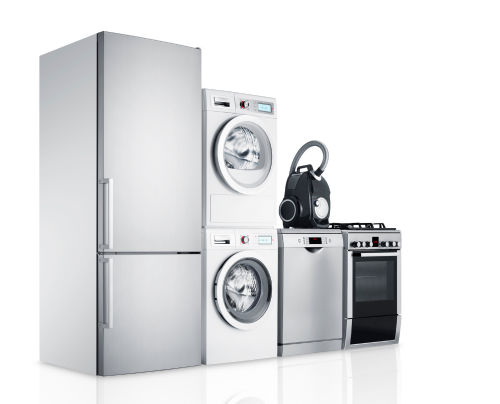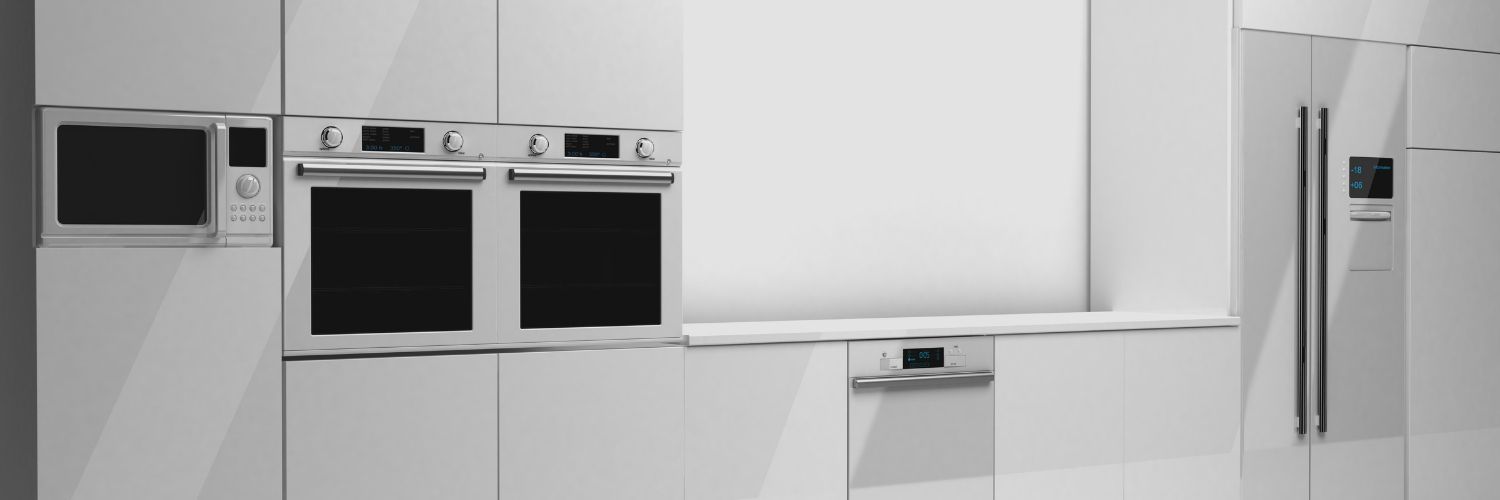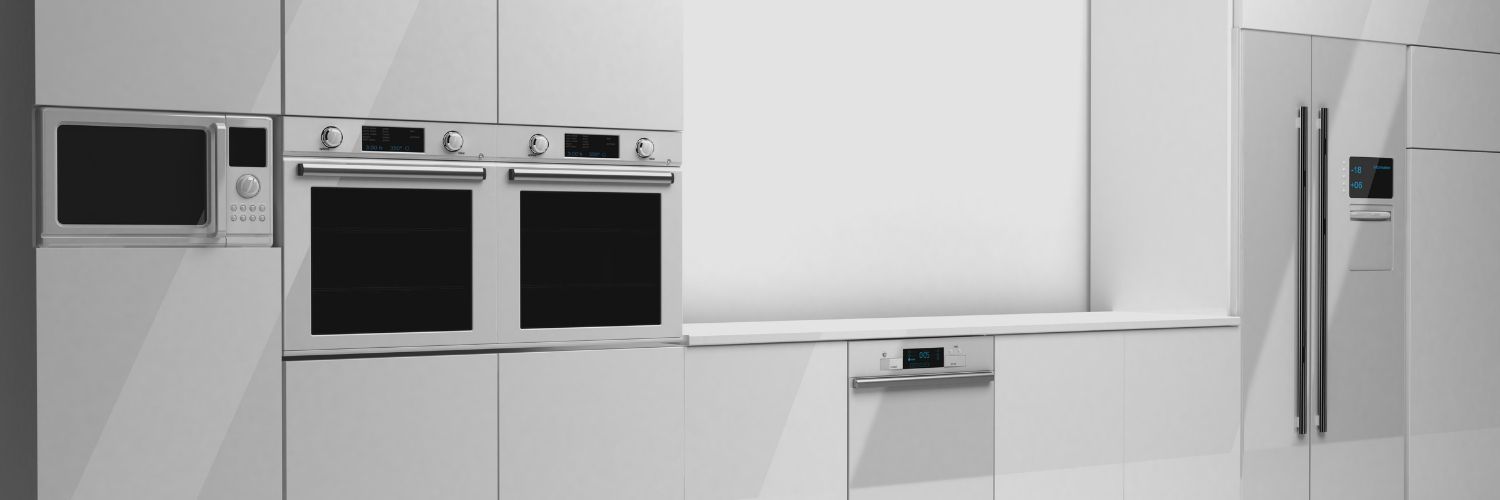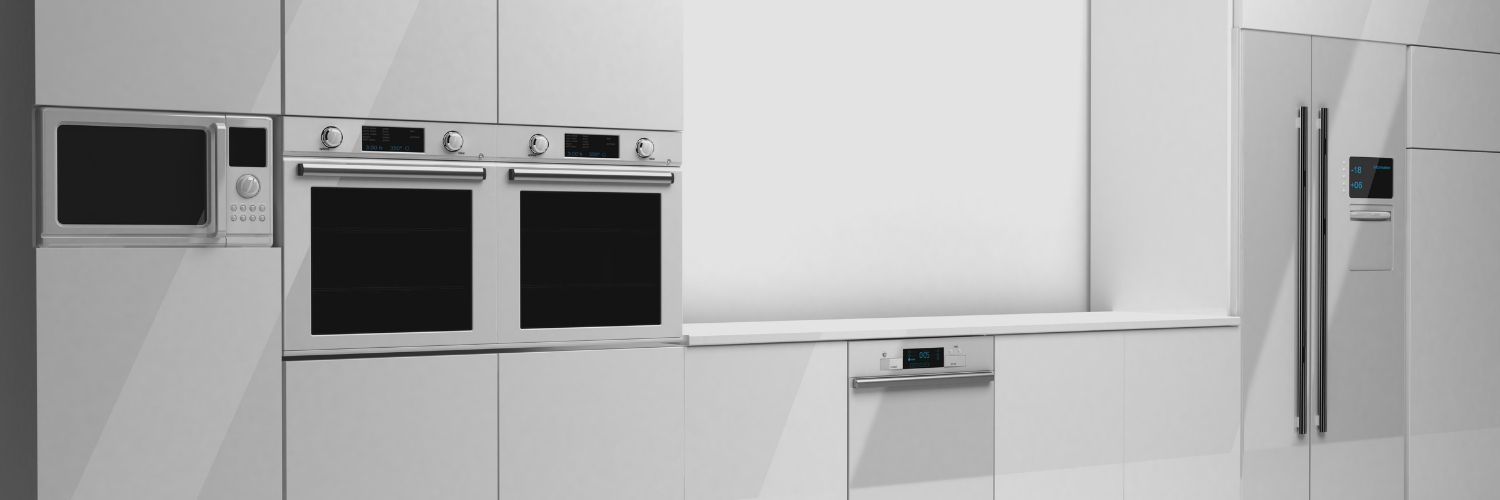Troubleshooting Tips for Your Home Appliances
Tips and Tricks to Troubleshoot Home Appliances: DIY

Home appliances are an integral part of our daily lives, making household chores more convenient and efficient. However, it can be frustrating when they encounter problems or stop working altogether. Before rushing to call a professional, it's worth trying some troubleshooting techniques to identify and potentially fix the issue. In this blog post, we will share valuable troubleshooting tips for common home appliances, empowering you to save time and money by resolving problems on your own.
Start with Basic Checks
When an appliance malfunctions, it's important to begin with a few basic checks before diving into more complex troubleshooting steps. Here's what you can do:
- Ensure the appliance is properly plugged in and receiving power.
- Check the circuit breaker or fuse box to confirm that the circuit hasn't tripped.
- Examine the power cord for any visible damage or fraying.
- Verify that the appliance's switches, dials, or buttons are set correctly.
Refrigerator and Freezer Troubleshooting Tips
a. Inadequate Cooling: If your refrigerator or freezer isn't cooling as it should, check the temperature settings. Adjust them if necessary and allow some time for the appliance to reach the desired temperature. Additionally, clean the condenser coils to remove dust and debris that may be affecting performance.
b. Leaking Water: If you notice water pooling inside or beneath your refrigerator, it could be due to a clogged or frozen defrost drain. Clear the drain by using a mixture of warm water and mild detergent, or consult the appliance's user manual for specific instructions.
Washing Machine Troubleshooting Tips
a. Excessive Vibration: If your washing machine shakes excessively during the spin cycle, it may be due to an uneven load. Make sure the clothes are evenly distributed in the drum. If the problem persists, check that the machine is level and adjust the feet if necessary.
b. Foul Odours: Over time, washing machines can develop unpleasant odours. Run a cleaning cycle with hot water, vinegar, and baking soda to eliminate any build-up of dirt, grime, and mildew. Also, leave the door open after each use to allow the interior to dry and prevent musty smells.
Oven and Stove Troubleshooting Tips
a. Uneven Heating: If your oven cooks food unevenly, it may be due to a faulty heating element or temperature sensor. Refer to the appliance's manual for instructions on how to replace these components or seek professional assistance.
b. Gas Stove Ignition Problems: If the burners on your gas stove fail to ignite, clean the burner heads and ports to remove any debris that may be blocking the flow of gas. Also, ensure that the igniter electrode is clean and positioned correctly.
Dishwasher Troubleshooting Tips
a. Poor Cleaning Performance: If your dishwasher isn't cleaning dishes effectively, check the spray arms for blockages. Clean them thoroughly and ensure they can rotate freely. Additionally, clean or replace the dishwasher filter to prevent clogs and maintain optimal performance.
b. Cloudy Glassware: If your glassware comes out of the dishwasher with a cloudy or white residue, it could be due to hard water mineral deposits. Use a dishwasher cleaner or a vinegar rinse to remove the deposits and restore the shine to your glassware.
Conclusion
Troubleshooting home appliances can save you both time and money, as many common issues can be resolved with a few simple steps. By following the troubleshooting tips outlined in this blog post, you'll be better equipped to identify and potentially fix problems with your appliances. However, always prioritize your safety and consider seeking professional help if you're unsure or uncomfortable with any repair procedures. With a little troubleshooting know-how, you can keep your home appliances running smoothly and enjoy a hassle-free daily routine.


